I Choose Real Food
What is real food? Food that we have eaten for most of human history. One way to cut through all the confusion is to think of foods that come from nature. Foods that people were eating before the twentieth century when laboratories and machines started making food products, stripping out natural nutrients and in their place inserting artificial flavors, chemicals and other additives.
[su_expanding_quote_book alignment=”right” source_author=”Nina Planck” source_title=”Real Food, What to Eat and Why” full_quote=”Real foods are old. These are foods we’ve been eating for a long time – in the case of meat, fish and eggs, for millions of years. We’ve been eating butterfat for at least ten thousand years. By contrast, margarine – hydrogenated vegetable oil made solid and dyed yellow to resemble traditional butter – is a modern invention, about a century old. Real foods are traditional. Fruits and vegetables are best when they’re local and seasonal; grains should be whole, fats and oils unrefined. From the farm to the kitchen, real food is produced and prepared the old-fashioned way. The traditional methods of farming, processing, preparing and cooking enhance nutrition and flavor, while the industrial method diminishes both.” short_quote=”Real foods are old. These are foods we’ve been eating for a long time”]The marketing of this industrialized food has created tremendous noise and confusion about food consumption. It’s become not just necessary, but vitally important to learn where our food comes from and to make educated choices about what we eat.
Chronic disease – diabetes, cancer, heart illness and neurological disorders – are increasingly linked to fast food, junk food and processed food, and sadly have become norm in the US. I don’t want a chronic or life-threatening illness, not for me nor for those I love. So I steer away from processed foods and seek out real foods.
[su_expanding_quote_book alignment=”center” source_author=”Kris Carr” source_title=”Crazy, Sexy Cancer” full_quote=”But of course I eat food, you say. Do you? Food isn’t made in a laboratory. Today we’re infusing our food with chemicals, hormones, pesticides and countless other toxic substances. The Standard American Diet (SAD) is tap dancing on the last nerve of our health. When we make the connection between what we consume and how we feel, a great transformational shift can occur. Most people live to eat and don’t eat to live. We wake up sick and tired on a daily basis. Allergies, high cholesterol, low-level depression and chronic diseases are just accepted parts of aging.” short_quote=”But of course I eat food, you say. Do you? Food isn’t made in a laboratory”]After a huge amount of research, I’m convinced that the simplest way to make food choices is to go back to real foods; foods that are more a product of nature “than a product of industry”
- Foods that don’t need ingredient labels: fruits, vegetables!
- Whole foods that typically only have 1-ingredient like “brown rice”
- Packaged foods generally made with no more than 5 unrefined ingredients
- Organic dairy products like whole milk, unsweetened yogurt, eggs, and cheese
- Breads and crackers that are 100% whole-grain
- Sustainably wild caught seafood
- Humanely raised meat: chicken, pork, beef, and lamb
- Dried fruits, nuts, and seeds (nuts and seeds are better raw)
- Natural sweeteners: honey and maple syrup
A fantastic resource if the idea of real food is new for you, is 100DaysofRealFood.com
I choose to eat the way people did for thousands of years. My goal is that 70-80% of the time I cook/eat a variety of fresh whole foods provided by nature:
- Vegetables and fruits– preferably seasonal and local. To minimize pesticides in our food, I use the Environmental Working Group: Dirty Dozen as a guide. If I can’t buy organic, I buy the foods on the “Dirty Dozen” list only occasionally and always wash them well, using a tablespoon of apple cider vinegar.
- Beans – Dried beans are one of the most cost-effective, nutrient-rich foods we can enjoy. Once a week I cook a big pot of beans and, once cooled, put them in mason jars and freeze whatever won’t be used that week. Canned organic beans (garbanzo and either white or black bean) are pantry staple. I can always make a quick last minute dinner with canned beans, or a hummus/bean dip when friends drop in for happy hour.
- Whole grains – quinoa and brown rice are pantry staples. Buying in bulk at the grocery store is usually most cost-effective. I add an alternate another grain for variety, usually buckwheat or bulgur.
- Sustainably wild caught or responsibly farmed fish
- Responsibly raised meats: Pastured pork and poultry. Grass-fed beef. It’s more expensive, but we eat meat just a couple times a week.
- Organic dairy (milk and yogurt)
- Unrefined fats: butter, coconut oil, extra-virgin olive oil, avocado oil (when I can find it) and expeller-pressed canola oil
- Nuts and seeds rather than cheese, and I buy them raw. Roasted nuts generally are salted, and apt to go rancid.
I believe eating healthfully is all about moderation and variety. I’ve found that the best way to stay the course (eating healthfully 70% of the time) is to be flexible. Birthday parties and special celebrations are meant to be enjoyed. And yes, I think it’s okay to occasionally indulge (guilt-free!) – some of my favorite indulgences: buffalo wings, Haagen Dazs Dulce de Leche ice cream (actually ANY Haagen Dazs ice cream!), croissants, and anything chocolate. The key word being occasionally.
Organic and sustainable real food is more expensive, but the more of us who choose this path, the more accessible such food will become, and the greater the impact will be on the health of our planet, but that’s another story for another day.
New to Real Food?
100daysofrealfood: Answers To Your Real Food Questions
Budget Tips for Real Food
100daysofrealfood: Real Food Tips, 12 Ways to Keep it Cheap
100 Days of Real Food: How to Afford Real Food on a Budget
Dr. Hyman: Eat Healthy on a Budget
Environmental Working Group: Good Food on a Tight Budget

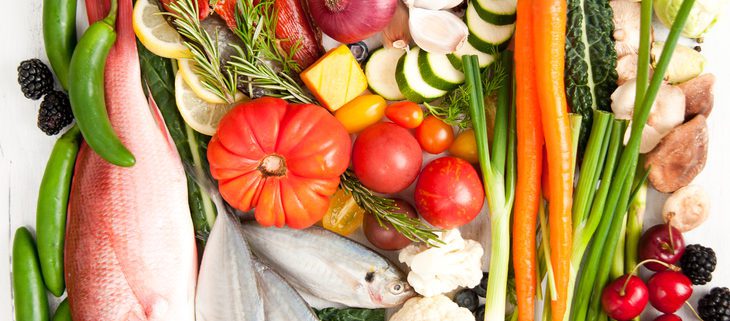
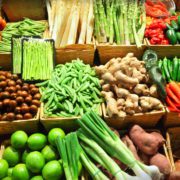

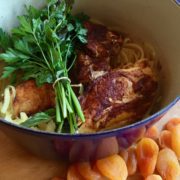
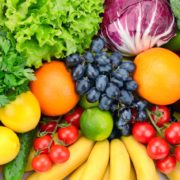

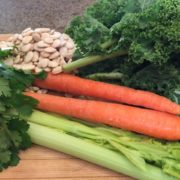
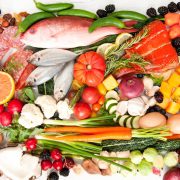


Leave a Reply
Want to join the discussion?Feel free to contribute!